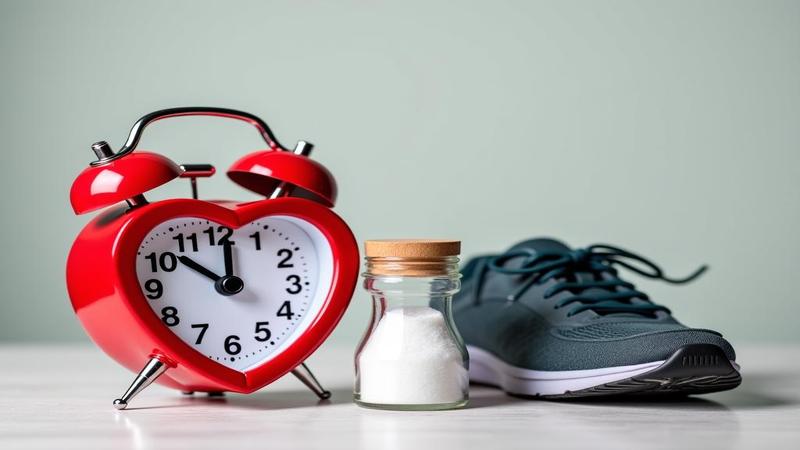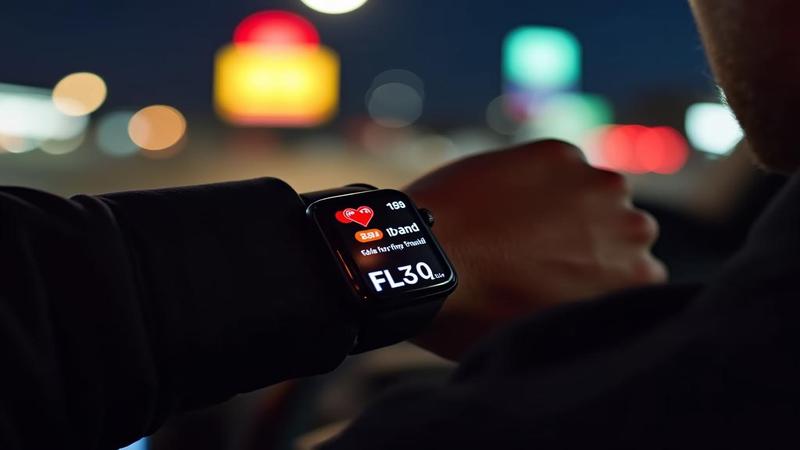Study Finds 99% Of Hearts Send Warnings; America Hits Snooze Anyway

In a dramatic plot twist no one asked for, cardiology announced it’s been subtweeting us for years. The new study finds 99% of heart attacks and strokes arrive with flashing neon hints, confetti cannons, and the subtlety of a marching band inside a library. Apparently “crushing chest pressure” was not a quirky hobby but a memo titled Please Reconsider Your Relationship With Cheese.
Scientists described the warnings as chest discomfort, shortness of breath, fatigue, dizziness, and numbness, otherwise known as “Monday.” They said the signals often show up early, like a hotel checkout time for your arteries. Your body has been sending push notifications; you’ve been asking customer support to mute the app labeled Survival.
Nationwide, citizens expressed shock that biology still works even when you scroll past it. Influencers promised to translate heart whispers into content, then accidentally tried to monetize blood flow. One wellness guru pledged to “listen to my body,” but her body replied with a cease-and-desist letter and a treadmill.
Of course, there’s the ominous 1% without warnings, the stealth ninjas of vascular drama. Even their plaque has a VPN and their clots use burner phones.
Enter gadgets, those tiny courtroom stenographers for your pulse. Early adopters slapped on a portable ECG smartwatch with irregular rhythm alerts and immediately discovered that anxiety also has a beat drop. The device vibrated, buzzed, and tutted like an offended British nanny every time a donut made eye contact.
Insurers responded by offering discounts if your heart rhythms achieve a 3.5 GPA. They also introduced prior authorization for inhaling near bread. One company promised faster claims if you submit a sonnet explaining your cholesterol.

Lawmakers proposed a National Heartbeat Week, including a ceremonial ribbon-cutting on saturated fat and a phone tree that shouts BEWARE into the void. A bipartisan bill would fund community screenings, free bananas, and a travel-sized Bluetooth blood pressure cuff with stroke risk indicator tucked into every glove compartment like a seatbelt you can argue with.
Meanwhile, workplace wellness announced a new policy: If your face droops, log it in Slack before calling 911, and don’t forget to tag #urgent. HR provided a laminated FAST card, a QR code, and a mindfulness exercise called Inhale, Exhale, Email.
The fitness industry pivoted hard, launching classes like Cardio But For Feelings and Spin Till Your LDL Apologizes. CrossFit introduced the Widowmaker WOD, which is frankly terrible branding but surprisingly effective at improving hydration. Yoga invented a pose where you just schedule a checkup and hold it for 30 breaths.
Alternative medicine entered the chat, selling artisanal arteries and lunar salt for circulatory vibes. Someone claimed peppermint oil could convince clots to move out and work on their screenplay. As a clinician with a sense of humor and a filing cabinet full of randomized trials, I offered the hottest trend of 2025: facts.
Before you panic-buy kale futures, context is not a garnish; it’s the entree. Early signs are common, risk is adjustable, and outcomes improve when people act early instead of crowdsourcing diagnoses from their barista. And yes, sometimes the miracle cure turns out to be… hydration, a walk, and a calendar reminder that says Call Your Actual Doctor, Not Greg From Spin.
So, if your body sends a warning, treat it like a romantic text from the person keeping you alive. Read it, respond kindly, and maybe skip the deep-fried apology bouquet. Because your heart has been calling for years, and the voicemail starts, “Hey, it’s me again—press 1 to live.”
